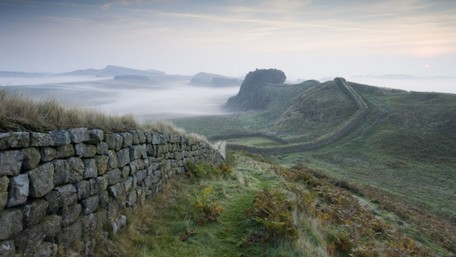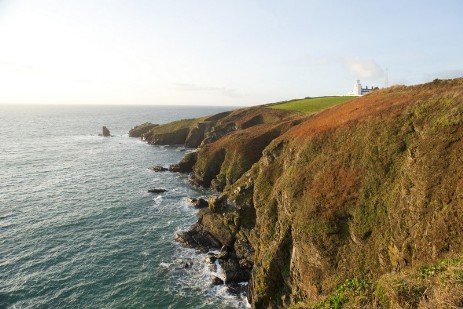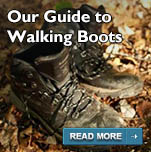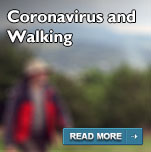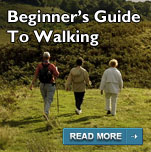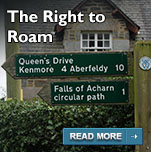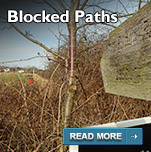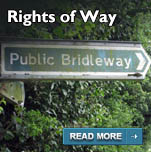Our Guide to Protected Land in Britain
With so many strange titles and acronyms from AONBs to NNRs, the landscape of Britain can seem very confusing – so here’s our easy guide to what you need to know about Protected Land in Britain.
National Parks
Let’s start with the one we’re all familiar with – the good old fashioned National Park. From Exmoor to Loch Lomand and the Trossachs, the sign of a National Park ensures some of the country’s best scenery and the favourite treks of most walkers. The first National Park was the Peak District in 1951, and the latest was the South Downs in 2010. The family of National Parks now totals 15 with the Norfolk Broads now offically a National Park too.
You can find links to all the parks on the National Parks website.
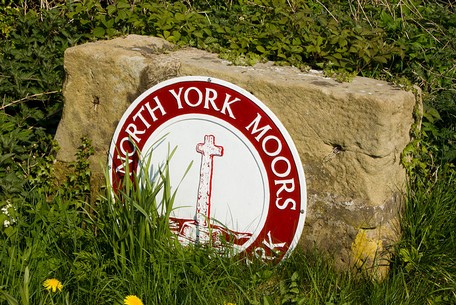
Areas of Outstanding Natural Beauty (ANOB) and
National Scenic Areas (NSA)
As the saying goes “they do exactly what they say on the tin” – Areas of Outstanding Natural Beauty are the country’s most distinctive landscapes whose natural character and precious beauty are worth safeguarding and protecting.
In fact, in scenic terms they officially rank with national parks – the difference is the parks have their own dedicated authority to look after them, whereas the care of AONBs are entrusted to the local authorities, organisations, community groups and the individuals who live and work within them.
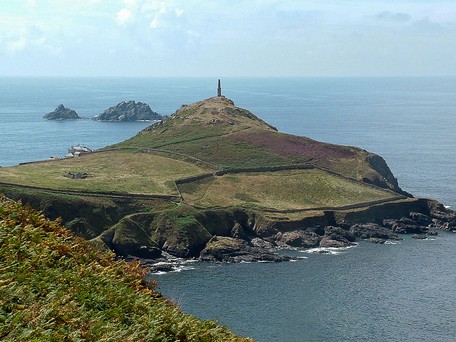
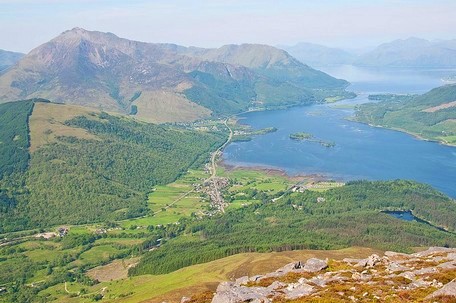
Heritage Coast
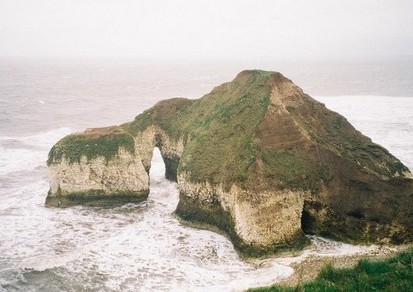
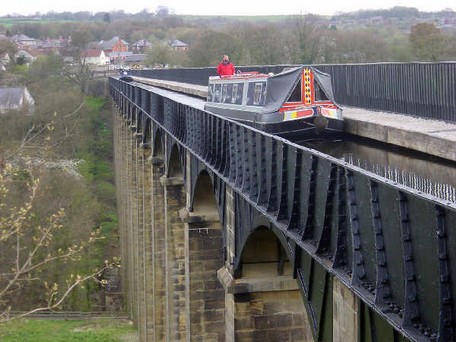
World Heritage
This is one of the most sought after designations in the world – a site which is deemed to have special cultural or physical significance by the UNESCO World Heritage Committee. As of 2011, 936 sites are listed, with 25 being in Great Britain – 18 in England, 4 in Scotland and 3 in Wales.
Although most sites on the worldwide list are listed for their cultural reasons rather than their scenic views, the British sites are all great places to walk around. The historic Old and New Towns of Edinburgh in Scotland, the Pontcysyllte Aqueduct and Canal (left) in Wales and the Dorset and East Devon Coast in England are notable examples.
The whole of the Lake District was designated a World Heritage Site in 2017.
Some places on the British Isle’s 37-strong tentative list for new World Heritage Sites are - amongst others – the Bronte Landscape and Haworth Village in England, The Laxey Valley in the Isle of Man, Offa's Dyke on the England–Wales border and The Flow Country in Scotland.
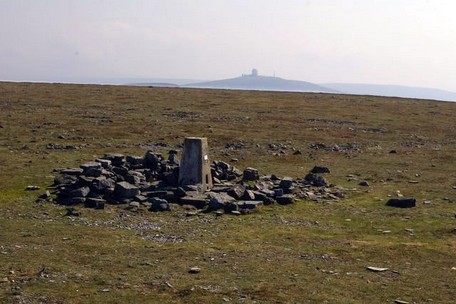
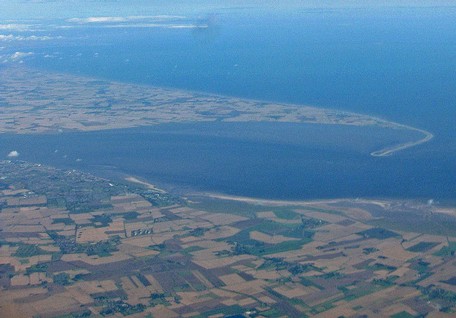
Site of Special Scientific Interest (SSSI)
usually pronounced “Triple S I”
Perhaps not easy to pronounce, SSSI are at least easy to find – as there are more than 6,500 in Great Britain. These are sites which protect the nation’s best geology and wildlife. They include some of the most spectacular and beautiful habitats; wetlands teeming with wading birds, winding chalk rivers, flower-rich meadows, windswept shingle beaches and remote upland peat bogs. Some are huge – like the Lincolnshire Wash at 63 hectares and the North York Moors at 44 hectares – whilst others are much more modest in size.
What’s important to us walkers is a designation of SSSI isn’t an automatic right of access. The best way to check for access is to look for the nature reserve bird symbol on Ordnance Survey maps and to see if there are Rights of Way nearby. In England, you can check Natural England's MAGIC Map website.
For more information on SSSIs, visit Natural England here, the Natural Resources Wales here and Scottish Natural Heritage here.
National Nature Reserves (NNR)

